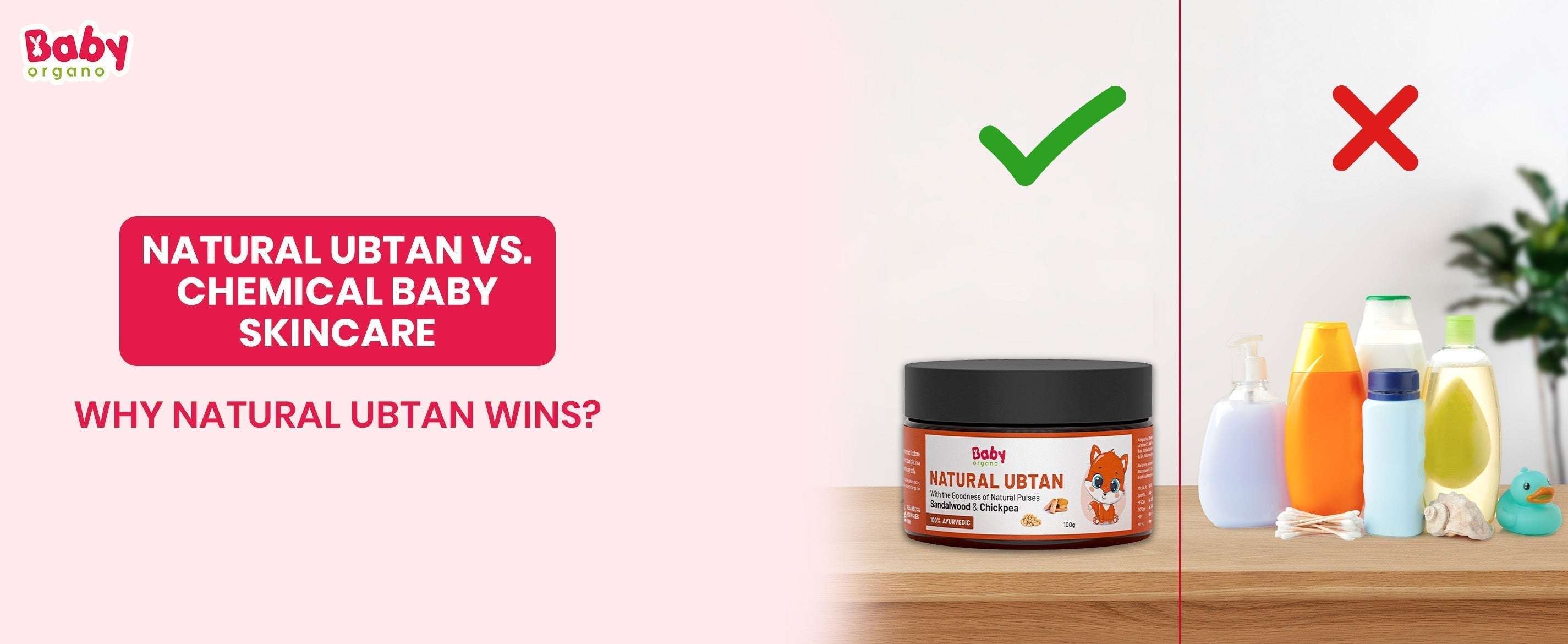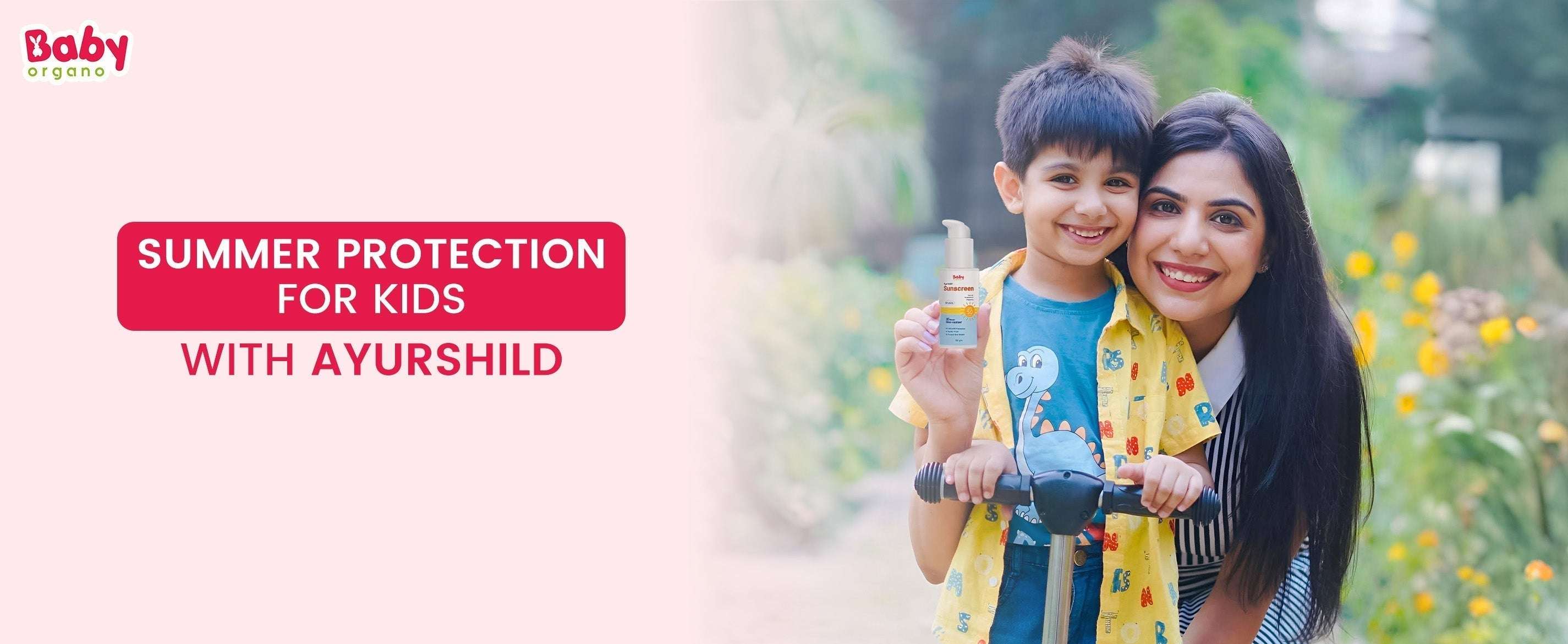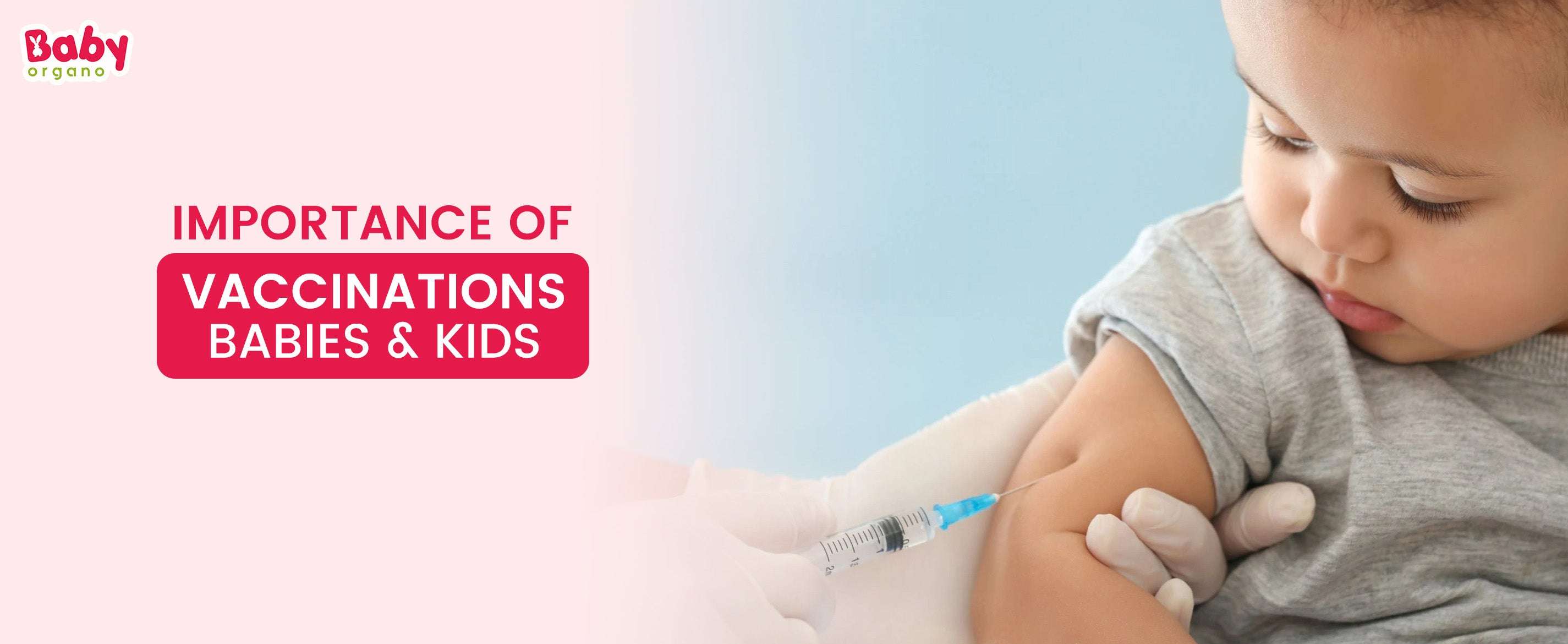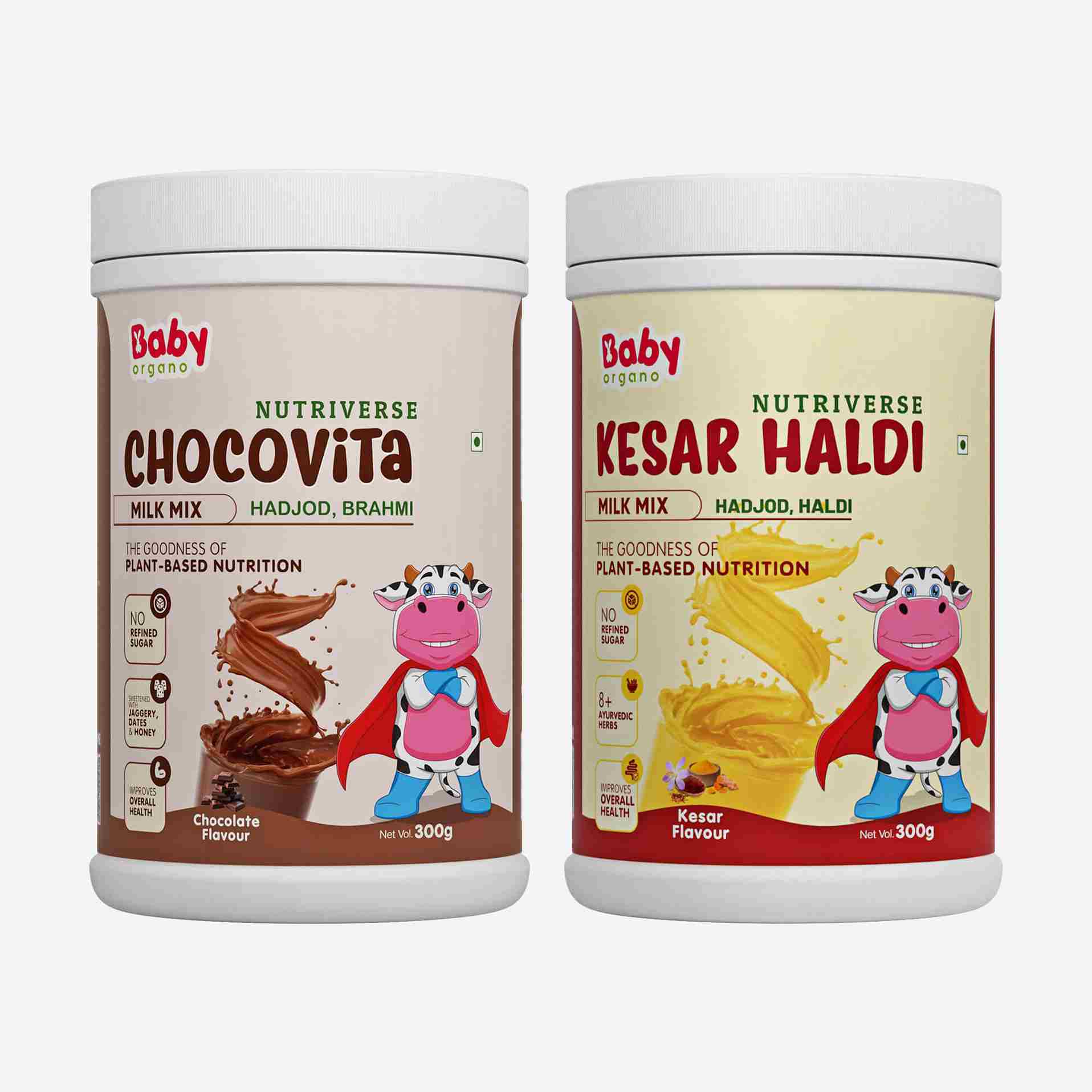Best Vegetarian Protein Sources for Indian Kids: A Complete Guide
- by Dr. Urvi Ashani
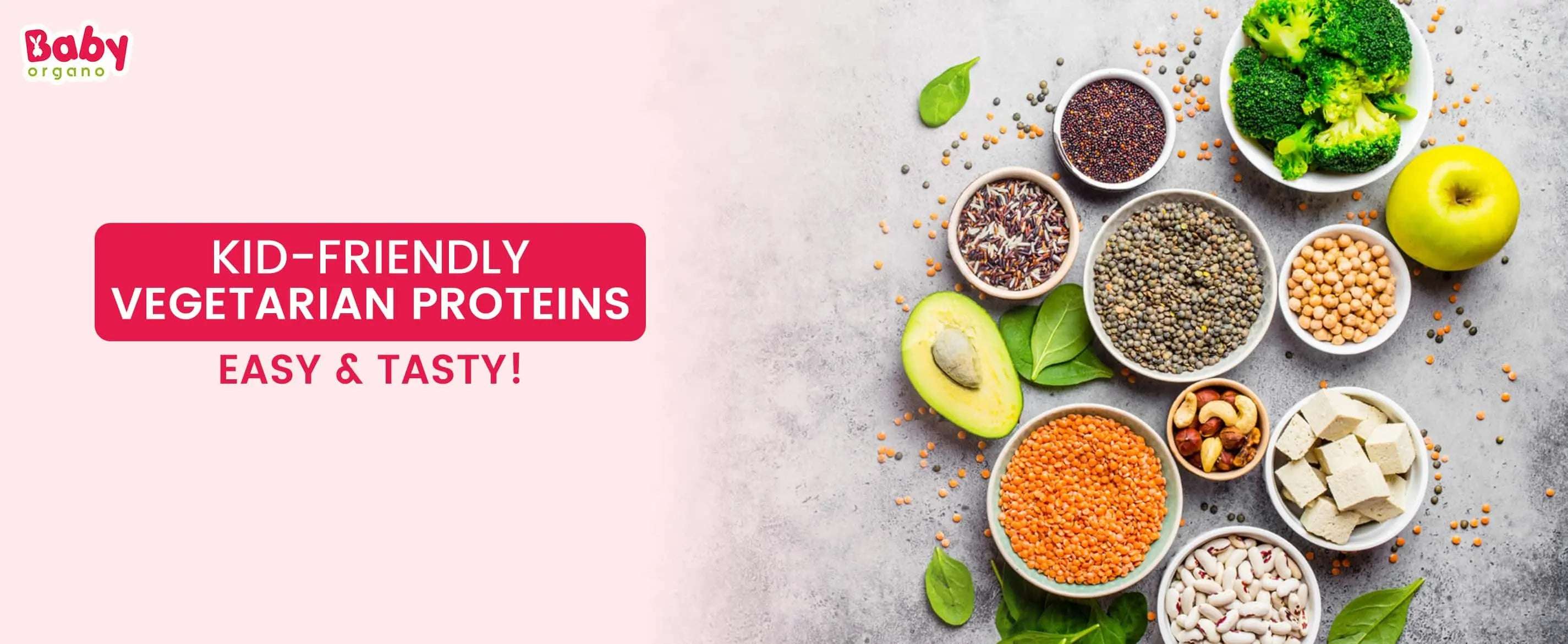
“Doodh nahi piyoge to protein kese milega?” We all have grown to know this well-known complaint of our mothers. Now, when you are raising your little one, you can easily relate to your mother’s concern when it comes to protein intake. After all, protein is the most essential micronutrient for growth and development in kids.
Most parents struggle to find food items that taste good and provide a sufficient amount of protein necessary for body growth. In this guide, we will provide a comprehensive list of high-protein vegetarian foods that your kid will love. Moreover, there are easy-to-make recipes and practical tips to ensure your child receives the right nutrition. So, let’s get into our topic:
Why Protein is Important in Early Childhood
Remember learning in science class that protein is the building block of life? These essential nutrients, made up of amino acids, play a crucial role in tissue repair, enzyme production, and hormone regulation especially during early childhood (birth to age 8), when rapid physical and mental development occurs.
That’s why protein-rich homemade healthy food for kids is vital for their growing bodies. From lentil soups to paneer snacks, incorporating wholesome, protein-packed homemade healthy meals ensures your little one gets the nourishment they need to thrive. After all, their tiny bodies demand big nutrition!
Role of Protein in Early Childhood
Protein is essential for various functions in a toddler’s body, such as:
- Growth and Development
Protein helps build and strengthen bones, muscles, skin, and other body tissues. The micronutrient helps create new cells, repair tissues, and support organ development as they grow. Since their bones are growing rapidly in early childhood, protein supports the building of a bone structure that is strong and has high density. Moreover, protein is actively involved in increasing muscle mass in toddlers. It helps build the muscles that are important for motor skills and strength.
- Brain and Cognitive Health
Protein aids the production of neurotransmitters, or the chemicals that transmit signals in the brain. These neurotransmitters improve cognitive functions in kids, such as their memory, concentration, and learning.
Moreover, your child's maximum brain development occurs by the age of 5. Protein, the building block, plays a vital role in ensuring that the brain grows adequately in size and function.
- Strong Immunity
Toddlers have developing immune systems and need strong defenses to stay healthy. Protein plays a vital role—it fuels antibody production to fight infections and supports white blood cell development, the body’s frontline warriors against viruses and bacteria. For an extra layer of protection, consider adding pediatrician-recommended immunity booster drops to their routine. These drops, combined with a nutrient-rich diet, create a powerful shield to help your little one thrive.
- Aids digestion
Protein is responsible for producing enzymes that are crucial for breaking down food particles and absorbing nutrients. Toddlers' digestive systems are developing, so they require a sufficient supply of protein for proper digestion and waste processing. Protein also helps maintain a healthy gut lining, which improves the overall digestion process in kids.
- Strengthens Teeth
While calcium is essential for strong teeth, protein also has a major role in it. The micronutrient helps in enamel formation, which gives strong gums and teeth. Since toddlers experience teething during early childhood, protein intake can aid in teeth formation and the strengthening of gum roots. Strong gums and teeth in toddler age ensure healthy growth of permanent teeth in the future.
- Boosts energy
You must have heard that carbohydrates and fats provide energy to the human body. This is true, but protein also offers a sustained source of energy for growing kids who need it for playing and exploring the world around them. Plus, consuming protein with carbohydrates lowers the absorption of sugar, reducing the risk of sugar spikes and crashes in toddlers.
- Produces and maintains hormones
Protein aids in the formation of growth hormones in early childhood, when children witness the most rapid changes in their physical and mental development. It also helps create hormonal balance to ensure the proper functioning of every body system.
- Essential for skin, hair, and nails
Collagen, a type of protein, is a key component of the skin. It is crucial for making the skin smooth, elastic, and resilient. Moreover, the keratin protein in hair and skin helps keep them strong and healthy.
Daily Protein Requirements for Kids
The amount of protein a child needs depends on their age and the level of activity they are involved in during the day. Here’s a general breakdown of daily protein requirements in kids:
Age Group |
Recommended Protein Intake per Day |
|
1-3 Years |
13 grams |
|
4-8 Years |
19 grams |
|
9-13 Years |
34 grams |
Since vegetarian protein sources are often lower in certain essential amino acids, offering a variety of protein-rich foods ensures a healthy supply to the body.
The Truth About Protein: Don’t Believe These Myths!
Myth 1: Vegetarian diets are low in protein.
Fact: Plant-based sources like lentils, dairy, and nuts provide a good amount of protein.
Myth 2: Kids need animal protein for growth.
Fact: Vegetarian kids can enjoy healthy growth and development with a well-planned diet.
Myth 3: More protein means better growth.
Fact: Excess protein can burden the kidneys and doesn’t necessarily lead to extra growth.
Myth 4: High-protein diets increase weight.
Fact: Protein keeps kids full for a longer time, reducing frequent eating. It is good for weight management and weight loss.
Myth 5: Protein is only for muscle building.
Fact: Protein is good for the healthy growth and development of the bones, skin, brain, hair, and nails. It is important for energy creation, enzyme production, and hormonal release.

Top Vegetarian Protein Sources for Indian Kids
Here are some of the best vegetarian protein sources that can be easily incorporated into an Indian child’s diet:
- Dals and Lentils: Some of the most popular items in this category are moong, Masaoor, toor, Chana, and Urad. Reports suggest that one cup of cooked lentils provides around 15 grams of protein.
- Dairy Products: Milk, paneer, curd, and cheese are high in protein and calcium, crucial for bone and teeth formation.
- Soy Products: This includes items like tofu, soy milk, and soya chunks. They are a great plant-based protein alternative, rich in amino acids.
- Nuts and Seeds: Almonds, peanuts, chia seeds, flaxseeds, and pumpkin seeds offer healthy fats and protein.
- Whole Grains: Quinoa, Oats, Brown Rice, whole wheat, and ragi are rich protein sources for kids. They also provide other nutrients essential for healthy growth. Quinoa, in particular, is a complete protein source.
- Legumes: Rajma, chole, lobia, and moth beans are packed with protein, fiber, and essential minerals.
- Vegetables: Spinach, broccoli, peas, and sweet corn are not as high in protein, but they contribute to daily intake.
Easy & Kids-Friendly High-Protein Recipes
The list given below highlights various protein-rich recipes that are easy to make and packed with taste for kids:
Breakfast Ideas
- Moong Dal Chilla - They are a delicious version of Indian pancakes. To prepare them, soak moong dal overnight. Grind the dal into a fine batter in the morning and add spices like cumin, red chilly, ginger, and salt. Put a small quantity of the batter on the tava and spread it in a circle. Cook till golden brown on both sides. Serve hot with ketchup and curd.
- Oats and Banana Smoothie - Blend oats, banana, peanut butter, and milk to prepare a tasty smoothie. It is the perfect protein-rich start for your little one.
- Paneer Paratha - Crumble the paneer and add your favorite spices. Roll out small dough balls and stuff the paneer into them. Cook the parathas on both sides using ghee. Serve hot with curd.
- Ragi Porridge - Take ragi flour and cook it with milk and jaggery in a pan. Keep stirring the mixture until the porridge thickens. Serve warm.
Lunch/Dinner Recipes
- Dal Khichdi - Cook lentils and rice together. Add a variety of vegetables and basic spices. Pressure cook the ingredients for two to three whistles. Mash it for a smoother consistency.
- Palak Paneer with chapati - Blanch spinach and make a puree. In a pan, cook the spinach with onions, tomatoes, and spices. Once the gravy has left oil and thickened, add paneer cubes and water. Let it simmer for 4-5 minutes. Serve with chapatis.
- Vegetable Pulao with Soya Chunks - In a pressure cooker, add oil, basic spices, and onions. Add tomatoes, vegetables, rice, and water-soaked soya chunks. Mix well and cook for 3-4 whistles.
- Chole with Rice - Soak chickpeas overnight. The next day, pressure cook them till softened. Prepare a savory gravy with onion, tomatoes, and spices. Add chickpeas and let the chole cook. Serve hot with rice or roti.
Snacks & Desserts
- Peanut Butter Toast - Take whole wheat bread. Spread peanut butter on it. You can toast them depending on your child’s taste.
- Homemade Energy Bars - Blend roasted nuts and seeds, then add honey for sweetness. Spread the mixture on a pan and refrigerate. Once it has settled, cut it into bars.
- Besan Ladoos - Heat ghee in a pan and roast besan until it turns golden. Add jaggery and cardamom. Once cool, roll the besan into round balls with your hands.
- Yogurt with Fruits - Take fresh yogurt and add fruits like bananas, berries, apples, mangoes, and grapes to it. Serve cold.
Tips to Boost Protein Intake
Kids enjoy eating junk and packaged food items because of their taste and fancy appearance. Here are some simple yet effective tips to encourage protein intake:
- Mix and Match – Combine different protein-rich food items like pulses, grains, and dairy to satiate their tastebuds with different flavors and colors.
- Use protein-rich powders – You can sprinkle almond or flaxseed powder into milk, smoothies, or porridge.
- Offer protein - packed snacks. Keep nuts, roasted chana, or homemade protein bars within easy reach of your kid.
- Encourage variety - Switch smartly between different dals, legumes, and grains to provide a diverse variety to enjoy.
Precautions & Allergies
Every child is unique and responds differently to what they eat. The list given here gives precautions you must take while giving protein-packed food items:
- If your child is lactose intolerant, opt for soy or almond milk.
- Give sufficient water to your child so their kidneys can process the protein intake.
- Whole nuts can choke your toddler. You can serve them in a powdered form or as butter like peanut butter.
- Some kids may experience bloating with pulses. Be sure to give them a smaller quantity of such foods.
- Avoid processed protein products. Instead, opt for whole foods that are rich in protein.
- Excessive protein consumption can lead to indigestion. So, always keep a quantity check to maintain a balanced diet.
Conclusion
Ensuring that vegetarian kids get adequate protein is vital for their growth, development, and overall health. Indian cuisine offers a rich variety of protein sources such as lentils, dairy, soy products, nuts, and whole grains, making it easy to create balanced meals.
With proper planning, parents can provide sufficient protein for children's bone growth, muscle development, brain development, and strong immune systems. By incorporating protein-rich foods and maintaining a balanced diet, children can thrive on a vegetarian diet while meeting their daily nutritional requirements for holistic care.
Frequently Asked Questions
1. Why Do Growing Kids Need Protein?
Protein is crucial in children's diets because it supports physical growth, brain and cognitive development, immune strength, energy supply, skin and hair health, and overall body wellness.
2. How Much Protein is Enough for Kids?
Toddlers (1-3 years) need around 13g of protein daily, while older kids (4-8 years) require about 19g. The intake should be spread across meals.
3. What Are Quick Protein Snacks?
Some easy high-protein snacks include roasted chana, peanut butter toast, yogurt with nuts, homemade laddoos, and moong dal chillas.
4. What Are the Top Protein-Rich Vegetarian Foods?
Lentils, dairy items, soy products, nuts, seeds, and pulses like rajma and chole are among the best protein sources for vegetarian kids.

